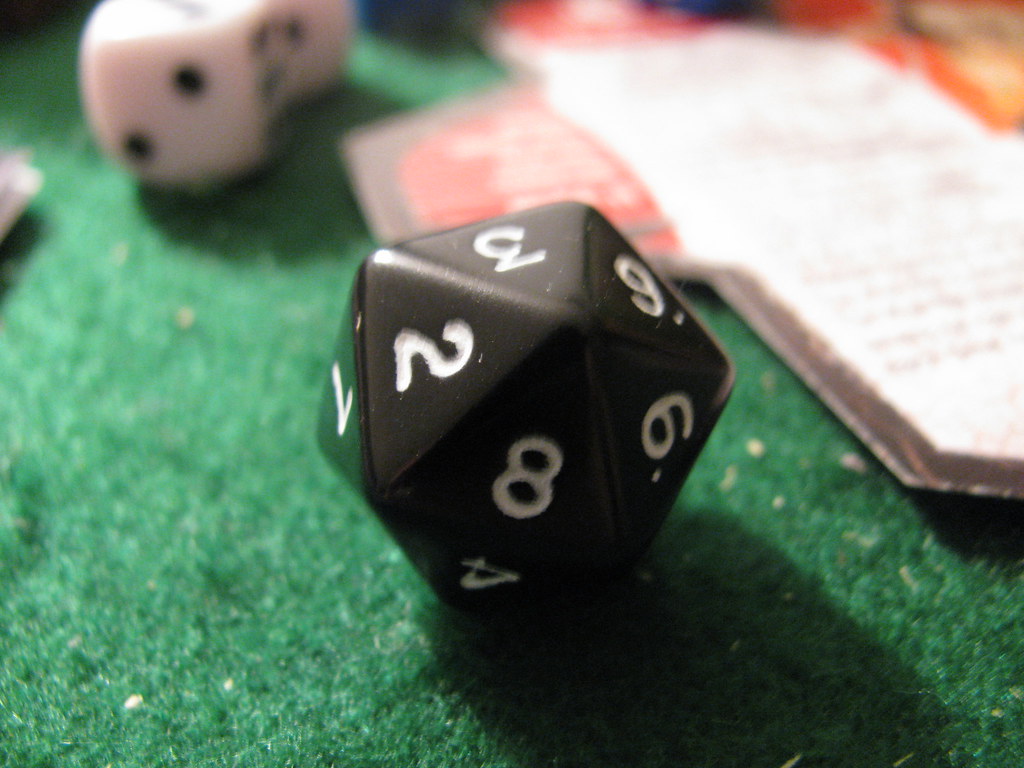History and Background
The theory of probability was discovered and developed based on some problems that gamblers were running into in their games of chance. Chevalier de Méré, a gambler, approached Blaise Pascal with these problems, and soon Pierre Fermat, another famous mathematician, would be involved in helping Pascal find the answers. The first question they were approached with was something like this: “You are given 24 rolls of a pair of dice. What is the probability of your throwing double sixes at least one time?” (Simpson) The second question posed to Pascal was “the problem of points”. (Lazes, pg. 20) The general meaning of this “problem of points” was if a gambler had to leave a game early, what was the fairest way to divide the money left in the pot? (Simpson)
To find answers to these questions, Pascal and Fermat exchanged several letters between each other and discussed possible solutions. (Lazes, pg.21) The solution to the first problem was solved by what we know today as the Subtraction Rule. The second question, the problem of points, had to dive into an idea that is slightly more complex. This question was solved using combinations from Pascal’s triangle. Pascal never claimed to have created the triangle but used it frequently to demonstrate its applications. (Simpson)


